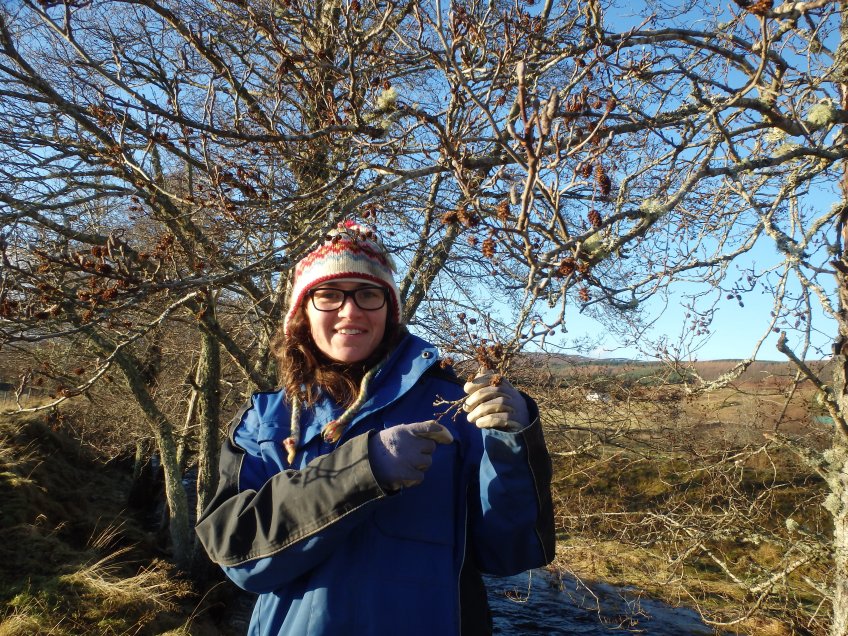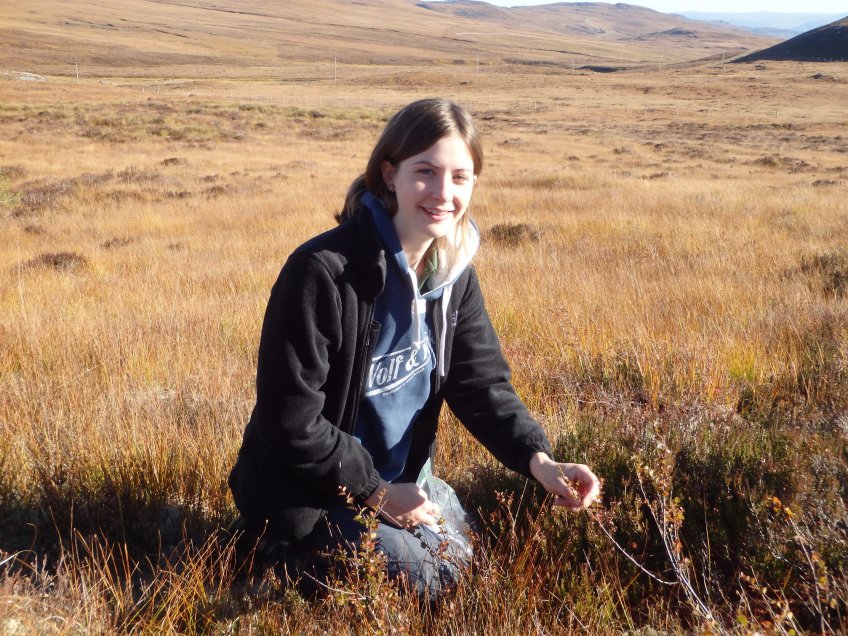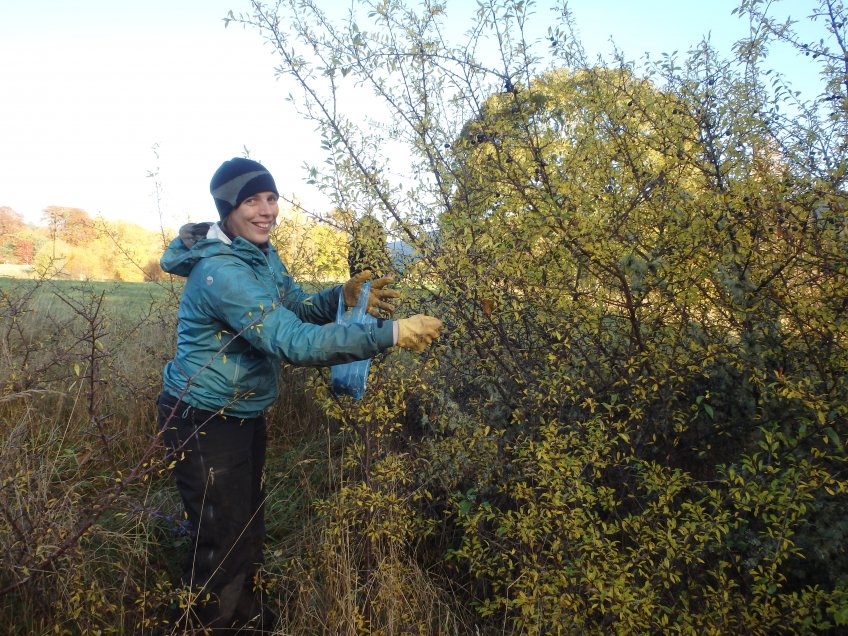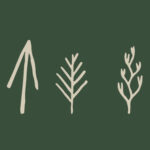The adventure of collecting 40,000 seeds!
This year Trees for Life joined forces with The Royal Botanical Gardens at Kew, to work on The UK National Tree Seed Project. With ever-increasing threats to our native species, Kew is hoping that this project will safeguard trees and shrubs throughout the UK. We have agreed to collect from a variety of species in the northwest highlands of Scotland.
The UK is split up into 24 different seed zones, and Kew intend to collect native trees from each seed zone. This is where Trees for Life come in; we have agreed to collect from a variety of native trees and shrubs in seed Zone 105 in the northwest Highlands of Scotland.
 The seed collecting requirements are very strict to ensure that each collection meets the high standard set by Kew. Each collection must have a minimum of 10,000 healthy seeds, without taking more than 20% of available seed, from at least 15 individual plants or trees within the same population (a population is a group of plants that are cross-pollinating). So before we can even get collecting, the population needs to be assessed to make sure it meets all the criteria – this involves a lot of maths!
The seed collecting requirements are very strict to ensure that each collection meets the high standard set by Kew. Each collection must have a minimum of 10,000 healthy seeds, without taking more than 20% of available seed, from at least 15 individual plants or trees within the same population (a population is a group of plants that are cross-pollinating). So before we can even get collecting, the population needs to be assessed to make sure it meets all the criteria – this involves a lot of maths!
This year, with the help of volunteers, Trees for Life made four collections for Kew; wild raspberry (Rubus idaeus), dwarf birch (Betula nana); blackthorn (Prunus spinosa); and alder (Alnus glutinosa). Each collection has been an adventure and has come with its own set of challenges.
 Our first collection was wild raspberry from Guisichan. Reaching the 10,000 mark was easy enough because (on average) each raspberry contained 15 seeds. However, trying not to eat the collection as you picked it required a huge amount of will power. Luckily the midges were out in force that day, and the use of midge nets made it almost impossible to snaffle raspberries!
Our first collection was wild raspberry from Guisichan. Reaching the 10,000 mark was easy enough because (on average) each raspberry contained 15 seeds. However, trying not to eat the collection as you picked it required a huge amount of will power. Luckily the midges were out in force that day, and the use of midge nets made it almost impossible to snaffle raspberries!
We collected dwarf birch from our very own dwarf birch exclosure at Dundreggan. This was another quick collection, with each catkin containing an average of 58 seeds. Although the dwarf birches were very straggly-looking plants, and not much higher than the heather, they were abundant in golden catkins.
 Next we collected blackthorn from Dundreggan. This collection was probably the most difficult; pre-assessment showed that only 2/3 of seed were healthy and viable, and with each sloe containing only one seed this meant a mammoth collection of 15,000 sloes were required to get 10,000 healthy seeds! It took two people collecting for 3 full days to make this collection, and required getting very close to some spikey shrubs!
Next we collected blackthorn from Dundreggan. This collection was probably the most difficult; pre-assessment showed that only 2/3 of seed were healthy and viable, and with each sloe containing only one seed this meant a mammoth collection of 15,000 sloes were required to get 10,000 healthy seeds! It took two people collecting for 3 full days to make this collection, and required getting very close to some spikey shrubs!
The last collection of the year was alder, collected along a tributary to the River Moriston. This was a great collection, with all the trees lined up nicely along the stream and very accessible. There were plenty of cones to collect, and we reached the 10,000 mark by lunch time. But it was blowing a hooley and the rain was persistent and heavy, so by the time we got back to the nursery we were cold and soaked to the bone!
But collecting the seed is only the beginning. Each collection is processed in the nursery, which involves extracting the seed from the fruit/cone/catkin, and then sent down to Kew along with a herbarium specimen. The seeds are stored in the Millennium Seed Bank and will be used for research to help us better understand and conserve our native forests.

